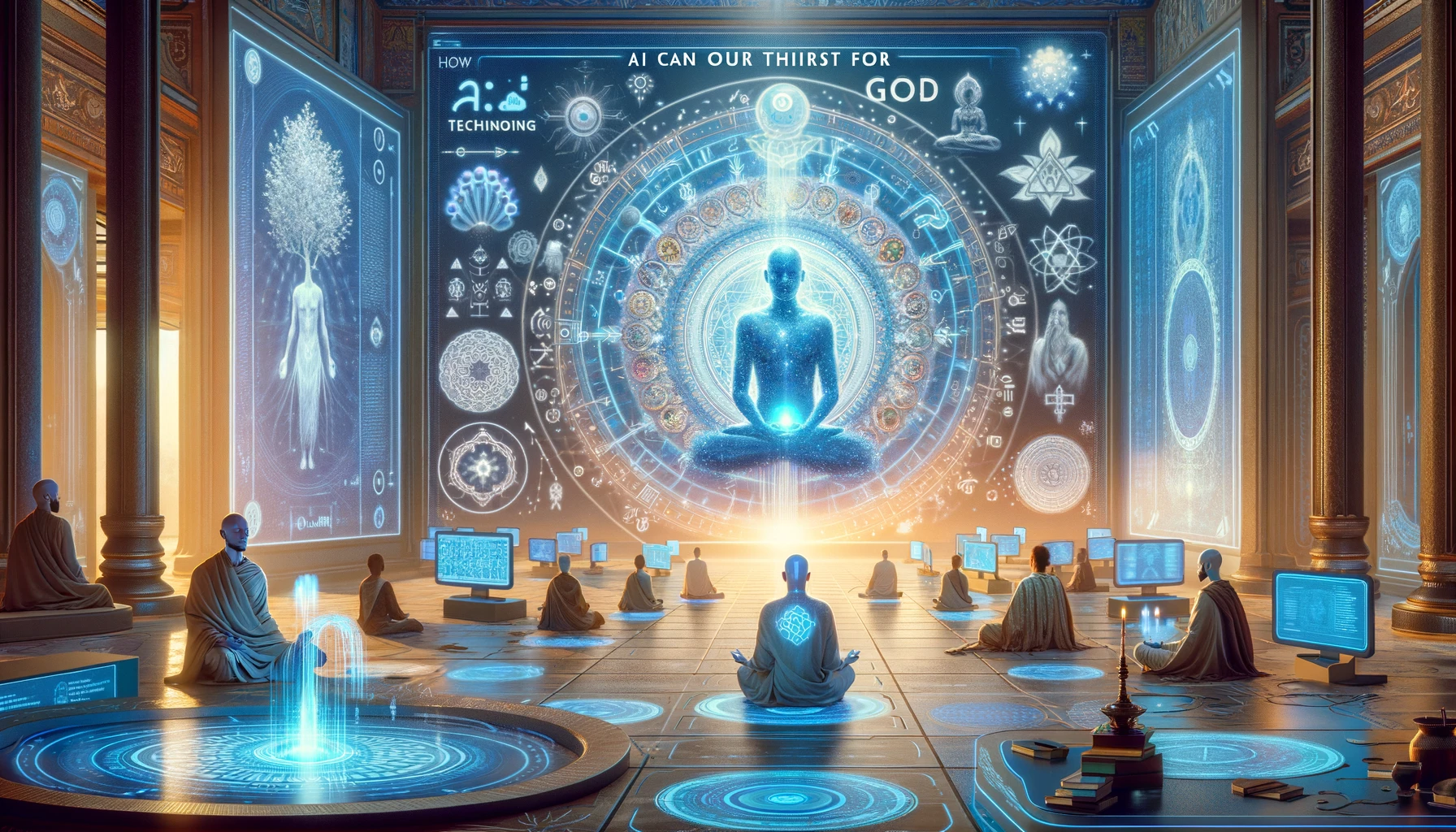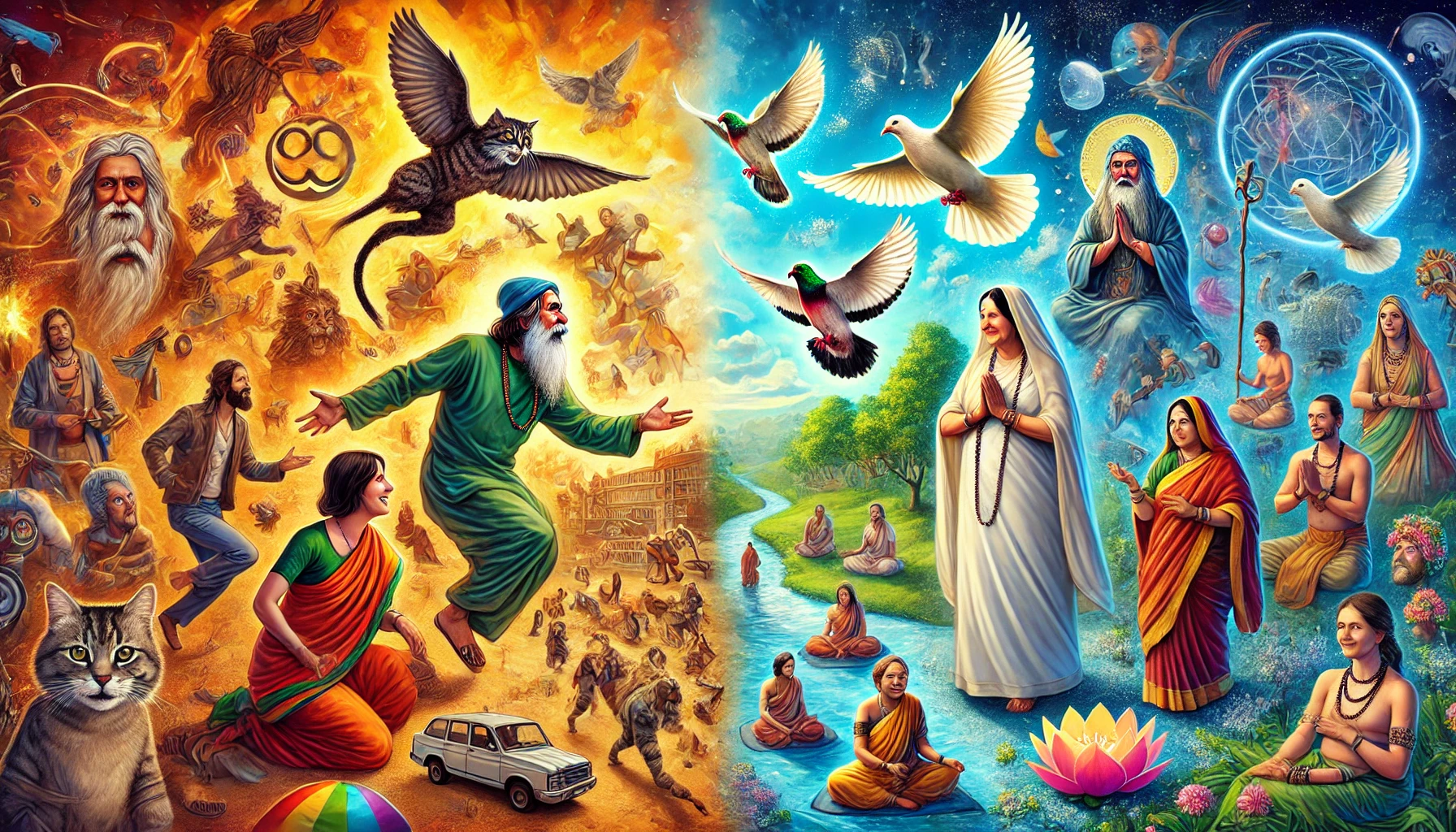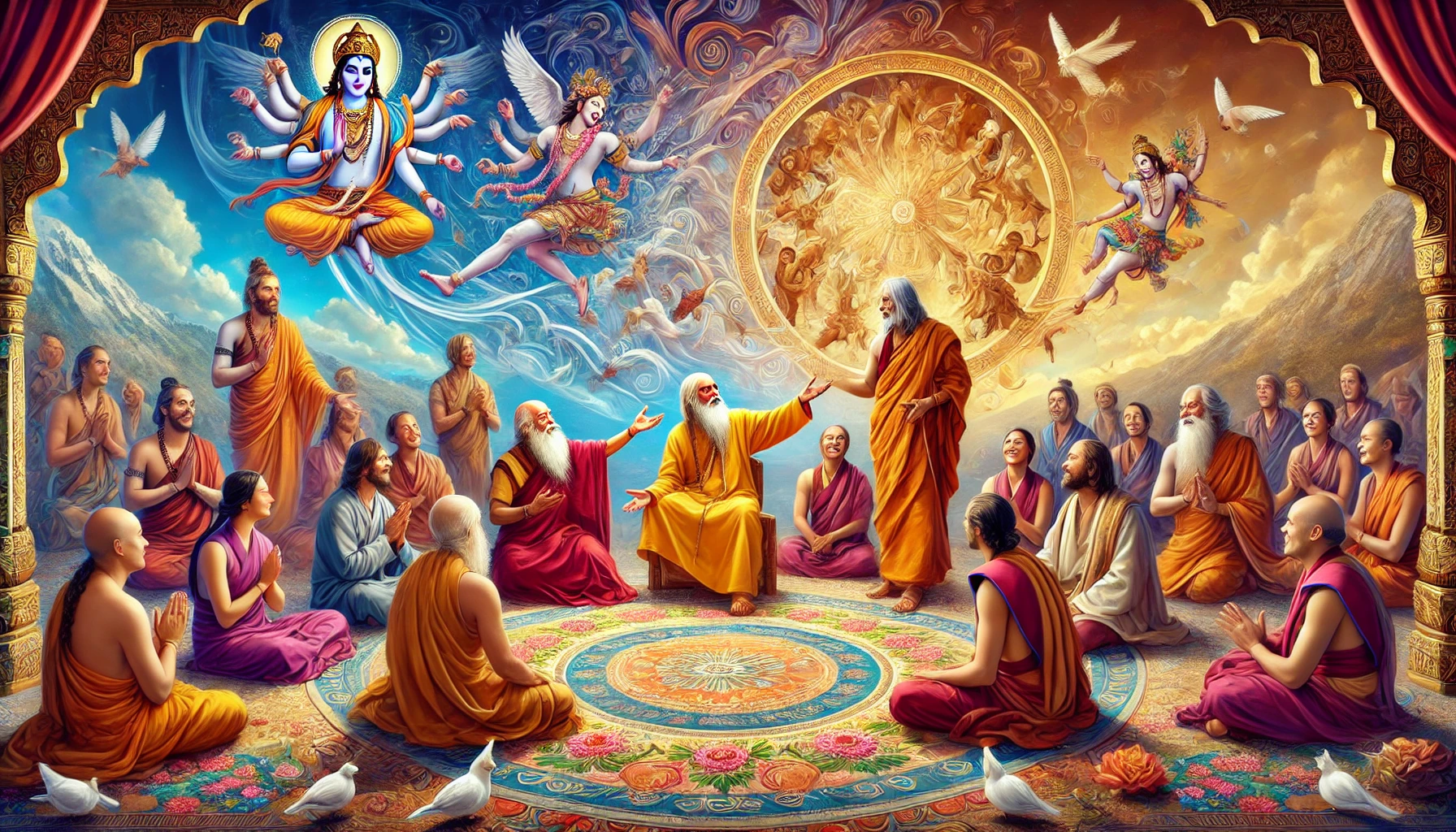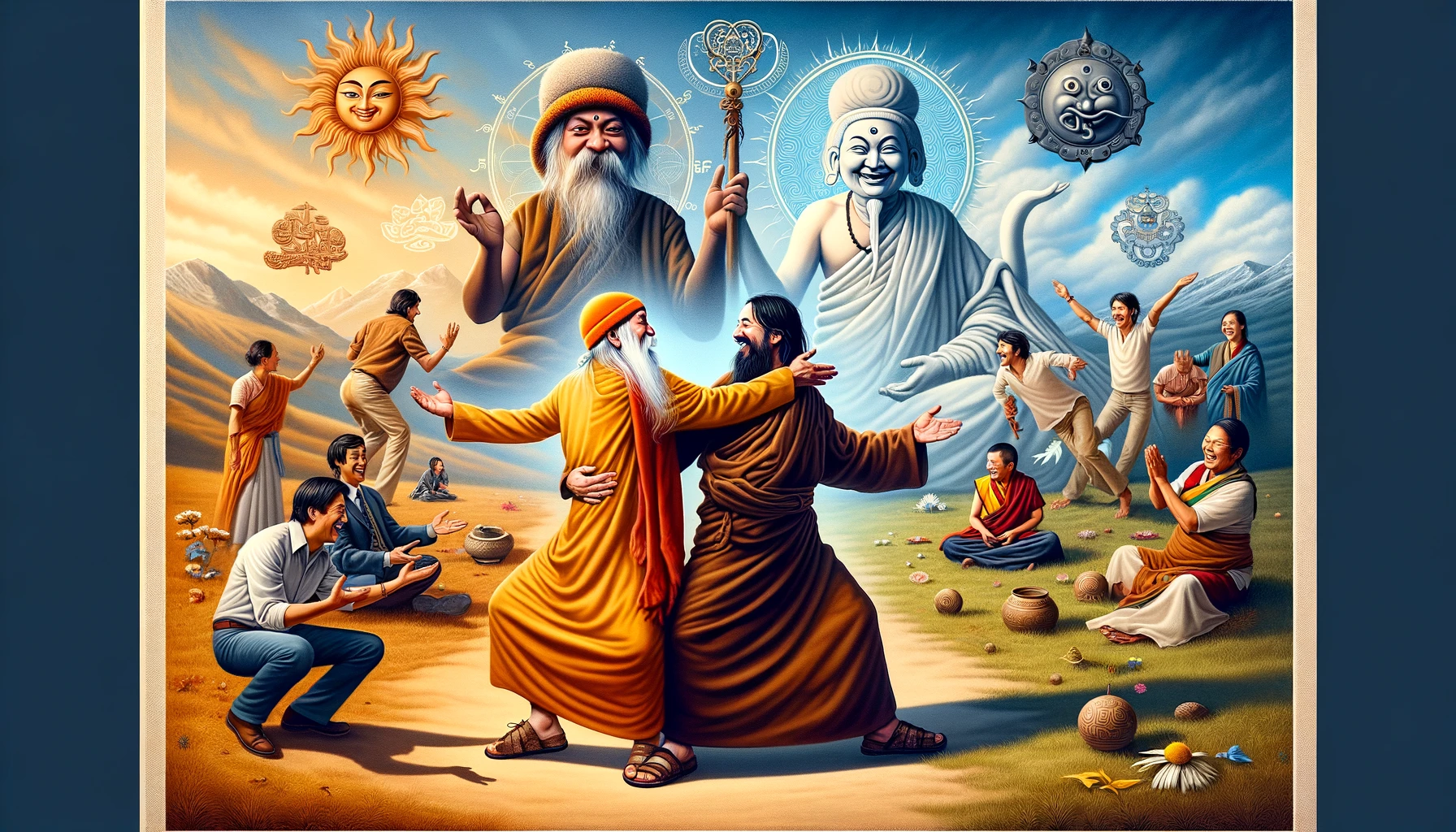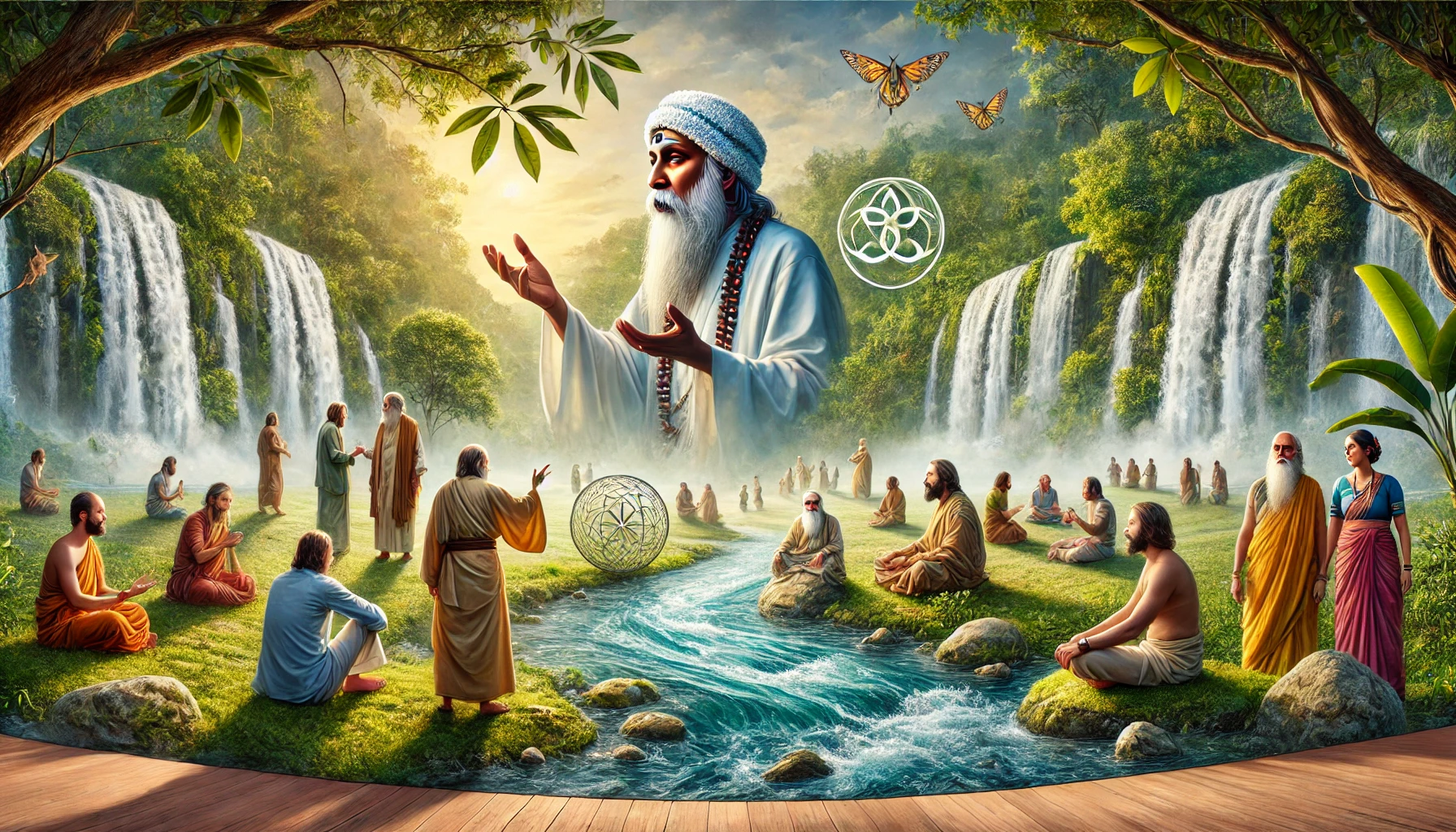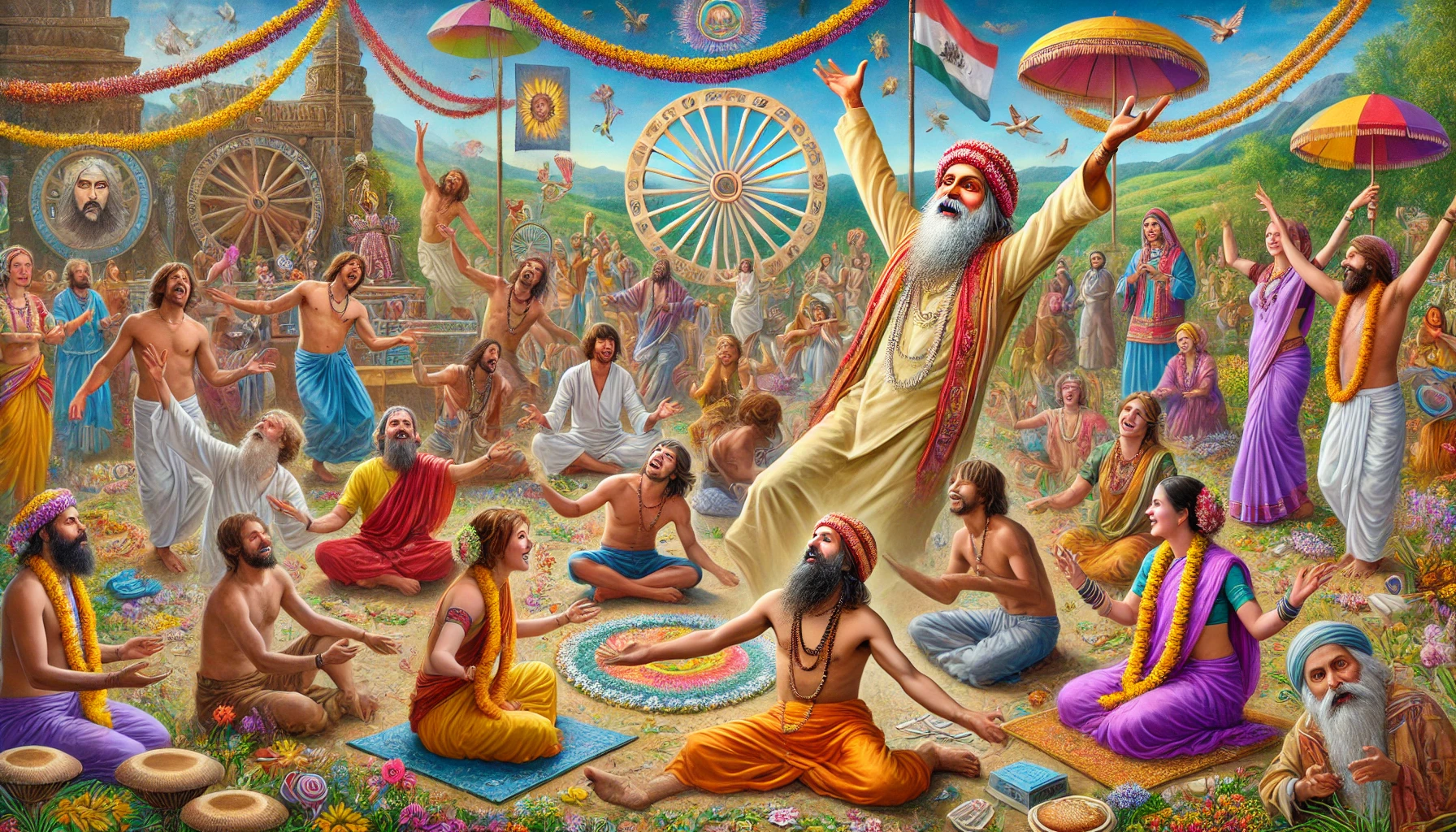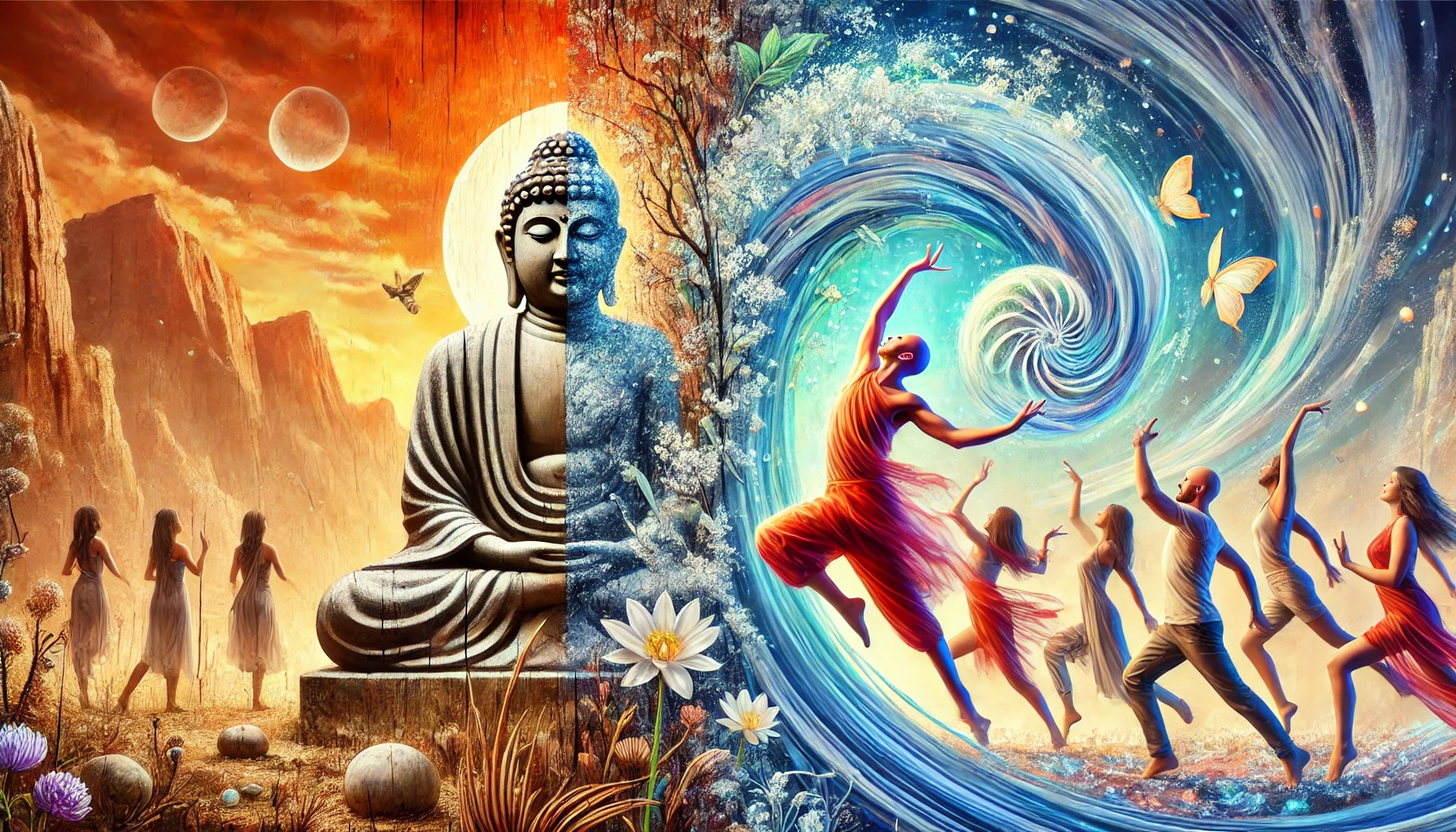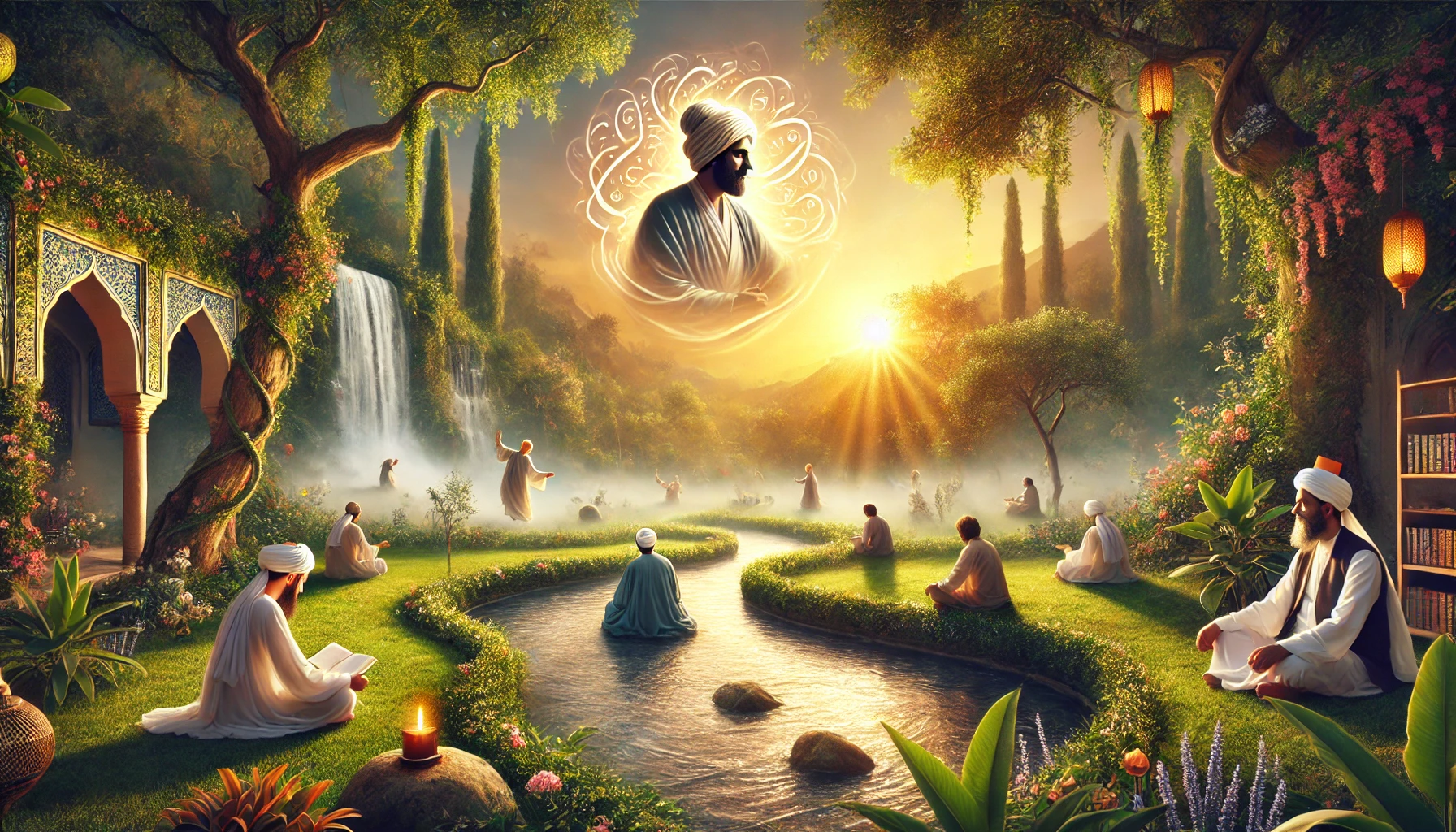
Embracing and Transforming Rumination: A Journey to Emotional Release and Healing
What Is Rumination? How Do You Ruminate?
Ruminating has Rumi’s name in it. Rumination can be a mystical transformative experience, but it can also be a circular obsession, an eventual prison.
In the process of a mystical experience or projection, rumination (Rumi-nating) is about transcendence. You’re mystifying the nature of the reality that you’re considering or thinking about, thereby detaching in a healthy way and looking for the spiritual truths around it. Ruminating in this way is wonderful. The best ruminations are transcending and transcendent, taking us into the mystical. On the dark side, you could be taking yourself into a box labeled healing, which is natural.
My hope is that you begin to release the stories that appear to define you—not drastically or dramatically, but by stopping the connection to those stories. There’s a way to talk about stories you might find helpful: looking at our stories as if they happened to someone else. This can help us draw a conclusion that could unlock us from the attachment to that story—truly detaching from it. From this high perch of the soaring Eagle, we can begin to see the value and the absurdity of holding onto that story as part of our narrative. As you ruminate, I hope you are releasing. Because if the rumination is circular, you will never break from the loop.
Reaffirming old stories through rumination, you begin to believe the mystical re-experiencing of the emotions of those stories to be real and happening now—that’s what your mind believes. In this case, the mind isn’t smart enough to know that the stories are old. It will cause you to believe that you cannot be reborn in this moment. Take this one additional step—ritualize the conclusion to this old-style rumination, however you have wrapped it in illuminating or mystical language.
The glorification of rumination distracts us from dealing with our actual, present, and repressed emotions. These emotions can ferment and become very comfortable inside of us, becoming like living organisms that attract things to us and inspire us to do things. We can become very comfortable with them, and they begin to ferment—fermentation produces alcohol. Then you’re kinda drunk, even peacefully, on what the emotions are producing and becoming within you. In their fermentation, they become something else, something not true and not real. So, explore the release of emotions rather than the affirming of old stories.
Regret, guilt, and similar emotions lend themselves to unhealthy ruminating. The expression of these emotions towards their release should be the result of healthy ruminating. If you’re staying in the process of rumination to enable and uplift the stories—or to remind you of them to experience some form of nostalgia—it’s time to stop. Ruminate, instead, to recall, allow, and release the emotions. When the emotions dissolve, so will your impulse to ruminate, and the stories will leave.
There could be a new mantra for you, one that resides in your subconscious, the substratum of your soul’s processes: “Am I releasing? Am I allowing my emotions to release? Can I let them go, and when?” Rather than continually focusing on fermented emotions, you are freeing yourself for all time—to heal, to become new, to be happier, and to find peace.
The Mystical Aspect of Rumination
In moments of mystical experience or spiritual projection, rumination, or Rumi-nation, becomes a vehicle for transcendence. It involves mystifying the nature of the reality we are contemplating, thereby detaching ourselves in a healthy way and seeking the spiritual truths hidden within it. This form of rumination is wonderful and enriching, as it helps us transcend the mundane and tap into the mystical realms. As Rumi himself beautifully put it, “The wound is the place where the Light enters you.”
Rumination of this kind elevates our consciousness, allowing us to see beyond our immediate experiences and recognize the deeper, often spiritual, lessons they carry. This process can help us release the stories that seem to define us. Instead of connecting ourselves to these stories in a drastic or dramatic way, we learn to view them with detachment.
Detaching from the Stories
A helpful technique is to look at our stories as if they happened to someone else. This perspective can unlock us from the attachment to these stories, enabling us to truly detach from them. From the high perch of the soaring Eagle, as Paul Wagner’s Seven Arrows Ritual suggests, we can begin to see the value of our experiences and recognize how ridiculous it is to hold onto certain stories as part of our personal narrative. This ritual helps us see our lives from a higher vantage point, facilitating the release of outdated narratives.
Paramahansa Yogananda, a revered spiritual teacher, echoed this sentiment: “Live quietly in the moment and see the beauty of all before you. The future will take care of itself.” By focusing on the present moment and releasing past narratives, we free ourselves from the grip of rumination that keeps us stuck in a loop.
The Dark Side of Rumination
However, rumination has a dark side. If it becomes circular, it can trap us in a loop, reaffirming old stories and emotions. This type of rumination causes us to re-experience past emotions as if they are happening now, making it difficult to break free and be reborn in the present moment.
The glorification of rumination can distract us from dealing with our actual, present, and repressed emotions. These emotions, left unchecked, can ferment and become comfortable within us. Over time, they transform into something else, something not true and not real. As Eckhart Tolle wisely observed, “The primary cause of unhappiness is never the situation but your thoughts about it.” When we ruminate in unhealthy ways, we become trapped in our thoughts, unable to move forward.
The Fermentation of Emotions
Fermentation is a powerful metaphor for understanding how emotions can evolve within us. Just as fermentation produces alcohol, our emotions can ferment and intoxicate us, making us comfortable with their presence. This intoxication can be peaceful, yet it prevents us from seeing the truth of our emotions and releasing them.
Healthy rumination, on the other hand, should lead to the expression and eventual release of these emotions. Instead of enabling and uplifting old stories, we should use rumination to recall, allow, and release the emotions tied to these narratives. When the emotions dissolve, our impulse to ruminate diminishes, and the importance of the stories fades away.
Ritualizing Emotional Release
To break free from the cycle of unhealthy rumination, we need to ritualize the conclusion of our old patterns. Paul Wagner’s Changing the Book of Life ritual, for example, offers a powerful way to reframe and release our stories. This ritual involves rewriting our life’s narrative, letting go of past chapters, and embracing new possibilities.
Amma, Mata Amritanandamayi Devi, a living embodiment of love and compassion, teaches us the importance of letting go: “Love is our true essence. Love has no limitations of caste, religion, race, or nationality. We are all beads strung together on the same thread of love.” By embodying love and compassion, we can transcend the limitations of our stories and release the emotions tied to them.
The Path to Healing
The path to healing involves a conscious effort to release fermented emotions rather than clinging to old stories. Regret and guilt, for instance, often lead to unhealthy rumination. The expression of these emotions toward their release should be the goal of healthy rumination. If we find ourselves staying in the process of rumination to experience nostalgia or relive past emotions, it’s time to stop.
Instead, we should use rumination to recall, allow, and release the emotions. When these emotions dissolve, so will our impulse to ruminate, and the stories will naturally leave us. This process aligns with the teachings of Gabor Maté, who emphasizes the importance of understanding and healing our emotional wounds: “The attempt to escape from pain is what creates more pain.”
New Mantras for Emotional Release
To support this journey, we can adopt new mantras that reside in our subconscious, guiding our soul’s processes. Questions like, “Am I releasing? Am I allowing my emotions to release? Can I let them go, and when?” can become powerful tools for self-inquiry and transformation.
By continually focusing on the release of emotions rather than their fermentation, we free ourselves for all time. This freedom allows us to heal, to become new, to be happier, and to find peace. Eckhart Tolle reminds us, “Realize deeply that the present moment is all you have. Make the NOW the primary focus of your life.” By living in the present and releasing past emotions, we can transform our lives and find true liberation.
Conclusion
Rumination, when understood and used correctly, can be a powerful tool for emotional release and healing. By detaching from our stories, allowing our emotions to surface, and ritualizing their release, we can break free from the prison of unhealthy rumination. Embracing the teachings of spiritual masters like Rumi, Amma, Paramahansa Yogananda, Eckhart Tolle, and Gabor Maté, we can transform our lives and find peace in the present moment.
As we embark on this journey, let us remember that the goal is not to escape from our emotions but to understand, embrace, and release them. By doing so, we honor our past, heal our wounds, and open ourselves to the infinite possibilities of the present moment.
The Shankara Oracle is here to help you awaken. Get it in my store!
Get The Shankara Oracle and dramatically improve your perspective, relationships, authentic Self, and life.



